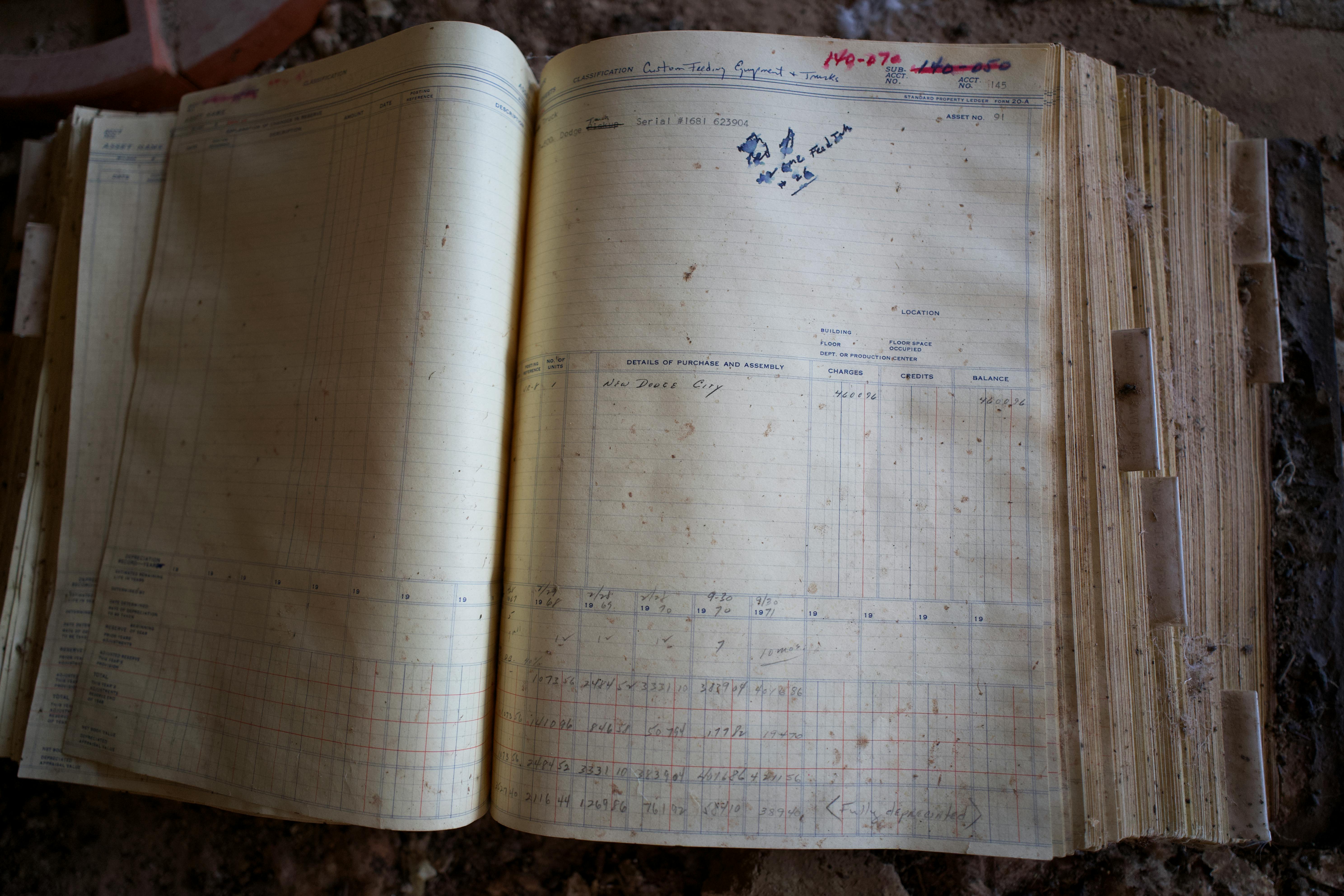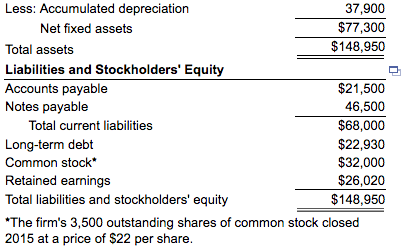While reporting depreciation, a company debits depreciation accounts in the basic ledger and credits the cumulative depreciation account. Depreciation bills will pass via the earnings statement of a particular interval when the above entry was passed. Accrued depreciation just isn’t a current asset because it represents the entire quantity of depreciation expense recorded over the lifetime of an asset, which is not a liquid asset that can be simply converted to cash. Trendy asset administration software doesn’t simply track depreciation—it also screens maintenance history, usage patterns, and situation. This helps prolong the useful life of belongings and informs lifecycle administration selections. Not Like most asset accounts, accrued depreciation will increase with credit score entries and decreases with debit entries.

Hospitality And Real Estate
From an accounting standpoint, amassed depreciation seems on the balance sheet underneath non-current property. This entry reduces the guide worth of mounted assets like equipment or autos. For instance, if you buy tools for $50,000 with a five-year lifespan and allocate $10,000 yearly as depreciation, you’ll see your asset’s reported value lower each year. In conclusion, accrued depreciation is a contra asset account that reduces the worth of fixed belongings on the steadiness sheet. As An Alternative, it serves as an important accounting software that displays the consumption of assets over time, offering a more correct image of a company’s financial place.
- It helps companies allocate the price of an asset over its helpful life, making certain that monetary statements accurately reflect the asset’s declining worth.
- Accrued depreciation is the sum of all depreciation on a set asset.
- In this part, we explore the primary methods of calculating accrued depreciation, highlighting the formulation, purposes, and examples related to each approach.
- Navigate & manage property effortlessly with interactive digital flooring plans.
- The van would appear on the steadiness sheet at its unique price of 30,000, with 13,500 recorded as accumulated depreciation.
As mentioned within the article, amassed depreciation is a non-cash item that doesn’t have a direct impression on a company’s capacity to pay its debts or cover its short-term expenses. It Is actually a contra-asset account that offsets the price of the asset on the stability sheet, reducing its worth. Accumulated depreciation just isn’t an asset; it doesn’t offer any long-term worth. You account for it another way than you’ll for each property and liabilities.
It measures the asset’s value reduction over time, so there’s no bodily cash outflow – money doesn’t leave the enterprise. Though a balance sheet lists the asset’s unique price, accrued depreciation adjusts this value downwards to replicate the asset’s current worth. Whereas you document the contra asset alongside your different assets, it all the time has a unfavorable value is accumulated depreciation a current asset, displaying how amassed depreciation reduces an asset’s worth from its original cost. Since calculating depreciation saves organizations cash, is amassed depreciation an asset? No–while property offer long-term value to a company, accrued depreciation doesn’t. As An Alternative, it represents an instantaneous tax credit score to the organization to compensate for the asset’s loss in value.
Master the fundamentals of monetary accounting with our Accounting for Financial Analysts Course. This comprehensive program presents over sixteen hours of expert-led video tutorials, guiding you through the preparation and analysis of income statements, stability sheets, and cash flow statements. Gain hands-on experience with Excel-based financial modeling, real-world case research, and downloadable templates. Upon completion, earn a recognized https://www.personal-accounting.org/ certificate to enhance your profession prospects in finance and funding. Accumulated depreciation is an account with a credit steadiness, often identified as a long-term contra-asset account, that is reported on the steadiness sheet as an offset to Property, Plant and Tools. The amount of a long-term asset’s cost that has been allotted, because the asset was acquired.
Missteps can lead to incorrect asset values, flawed monetary insights, and regulatory scrutiny. Such calculations enable for accurate reporting of monetary efficiency during asset disposal events and contribute to maintaining the integrity of monetary statements. Nevertheless, these effects should be interpreted fastidiously, particularly when comparing companies that use totally different depreciation methods or have varying asset ages. Businesses rely on accrued depreciation to evaluate whether assets are being utilized effectively. By evaluating the original value of the asset with its accrued depreciation, companies can assess how a lot of the asset’s value has been consumed. A retail chain makes use of straight-line depreciation for its buildings and retailer fixtures.
Each period is added to the opening accumulated depreciation balance, the depreciation expense recorded in that period. The carrying worth of an asset on the stability sheet is the difference between its historic cost and accrued amortization. At the top of the useful lifetime of an asset, its stability sheet carrying value will match its salvage value. Auditors evaluate accrued depreciation accounts to make sure consistency, accuracy, and proper software of chosen depreciation strategies.

Why Amassed Depreciation Issues To Your Business

When an asset is first bought, it’s sometimes assigned a price reflecting its anticipated lifespan, progressively reducing over time. You can use this info to calculate the monetary standing of an asset at any time. Accrued depreciation is an accounting method that you have to use to calculate the losses on asset value. By understanding the best methods to report the depreciation of business assets, you’ll improve the transparency of your small business finances and the utility and predictive energy of the information. Your business can make better selections when you perceive the financial status of property. Because accumulated depreciation is a non-cash expense, it doesn’t directly have an result on money circulate.
Accountingtools
Despite being associated to belongings, amassed depreciation is not an asset within the conventional sense. It does not symbolize something the company owns or controls, but quite a discount in the worth of an owned asset. This distinction is critical for accurate financial reporting and evaluation.
Suppose an organization buys equipment for $12,000 with a salvage worth of $2,000 and an expected helpful lifetime of 10 years. For instance, if an asset initially costing 50,000 with forty,000 in amassed depreciation is sold for 12,000, the e-book worth is 10,000. Moreover, this system emphasizes the significance of leveraging expertise in advisory practices. By incorporating instruments and software that streamline operations and enhance consumer communication, monetary professionals can enhance their effectivity and effectiveness. The written down worth or diminishing steadiness methodology includes writing off a set percentage of the diminishing value of the asset each year to minimize back it to its residual worth at the end of its life. Pod trackers offer real-time asset visibility, scale back losses, and optimize logistics.
These belongings lose value evenly over time, and the straight-line methodology simplifies accounting across multiple places. Units-of-production is extremely accurate in matching depreciation to asset usage however requires detailed monitoring of models consumed or hours used. Selecting the best depreciation technique is dependent upon the nature of the asset, how it is used, and monetary reporting goals. The sum of years’ digits methodology accelerates depreciation by assigning higher expense in the earlier years utilizing a fraction based mostly on the asset’s remaining life. It is not categorised as a current asset as a end result of it does not characterize assets that might be converted into cash inside a yr. Instead, it displays the gradual allocation of an asset’s value over its useful life.


Add a Comment